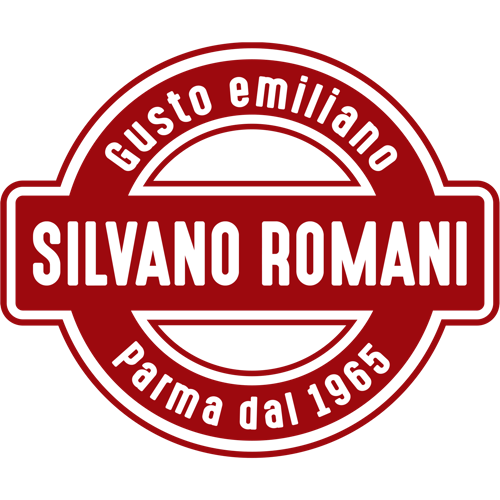Free Shipping - For orders over 200€ (up to 25Kg)
Free Shipping - For orders over 200€ (up to 25Kg)
Free Shipping - For orders over 200€ (up to 25Kg)

Parmesan Cheese vs Parmigiano Reggiano
See Parmigiano Reggiano for sale now!
You will be able to read the rest more calmly
The Spruce website accurately explains the difference between Parmigiano Reggiano and Parmesan Cheese: here's how to protect yourself from counterfeits and always choose the original product. Happy reading!
Parmesan vs Parmigiano - Much More Than Just a Name
Pamigiano Reggiano is a dry hard cheese, produced from skimmed or semi-skimmed cow's milk. It is characterized by a hard golden yellow rind and a straw-yellow interior with a rich and harmonious flavor.
Parmigiani Reggiani are aged for at least two years . Those labeled stravecchio are aged for three years, the stravecchioni four or more years. Their complex flavor and decidedly grainy consistency are the result of a long maturation.
Parmigiano Reggiano is called "the King of Cheeses".
The words Parmigiano Reggiano printed on the rind mean that the cheese was produced in the areas of Bologna, Mantua, Modena or Parma (from which the name of the cheese acquired its origin).
Parmesan cheeses are primarily used for grating and in Italy they are called "grana", which means "grain", referring to the grainy consistency. In Italy cheeses such as Parmigiano Reggiano are also called grana.
Many of these cheeses are delicious in their own right. One example is Grana Padano cheese.
The name Parmigiano is used in some parts of Italy for grana cheeses that do not meet a protected designation of origin requirements for Parmiggiano Reggiano, such as outlining specific areas of production, what the cattle eat, long aging, and the like. Under Italian law, any cheese produced in these provinces must be labeled Parmigiano Reggiano, and European law classifies the name, as well as the translation "Parmesan," as a protected designation of origin.
Therefore, in the European Union, according to DOC regulations, Parmesan and Parmigiano Reggiano are the same cheese.
The Parmesan
Parmesan is the American and English translation of the Italian word Parmiggiano Reggiano. There is also evidence that from the 17th to the 19th century Parmigiano Reggiano was called Parmesan in Italy and France. In the United States the word Parmesan is not regulated. There a cheese labeled Parmesan may be an authentic Parmigiano Reggiano, but is more likely to be an imitation. Most American versions are usually aged a minimum of 10 months.
"Parmesan" is also produced in Argentina and Australia, but no one compares it to the more important Parmigiano Reggiano from Italy, characterized by a grainy consistency that melts in the mouth. Parmesans in other countries have relatively less rigorous regulations .
A little more about DOP regulations
The DOP laws are intended to preserve the integrity of traditional Italian food products , guaranteeing their taste and quality.
DOP laws require that Parmigiano Reggiano be produced according to a specific recipe and production methods only within the provinces of Parma, Reggio Emilia and Modena and specific areas in the provinces of Bologna and Mantua.
Does imitation Parmesan taste good?
A cheese called Parmesan in the United States, that is not a true Parmigiano Reggiano , will always be a tasty cheese. Many artisan dairies are producing high-quality cheeses inspired by Parmigiano Reggiano. Many large cheese producers sell decent Parmesan. But does it taste as refined and authentic as Parmigiano Reggiano? You be the judge. Buy both and try them one after the other.
Packaged grated Parmesan is also available but you can't compare it to freshly grated Parmesan in any way. Save your money! Both domestic and imported Parmesan are available at specialty cheese shops, Italian markets and supermarkets.
Confused? Then ask the cheesemonger before you buy it. He will be able to tell you if the Parmesan you are buying is the real thing or not.


Leave a comment
Log in to post comments